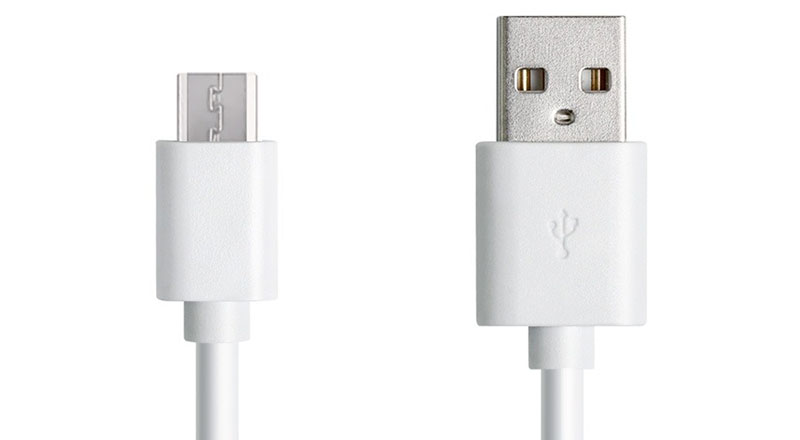
Universal Serial Bus is an industry standard that has almost replaced the long-standing serial and parallel ports on computers. The USB port is found in almost every computer nowadays. It is mostly used to connect input devices such as a keyboard or mouse, or output devices such as speakers or a printer.
This article explains what USB is and how it works as well as its pros and cons compared to other connection options.
Universal Serial Bus (USB) is a "plug and play" interface for high-speed interaction between peripherals and a computer. Keyboards, printers, mouse, scanners, and other electronic devices are mostly connected using a USB. USB is an industry standard to connect devices like keyboards, mice, printers, scanners, etc. to a computer.
It is mostly used to connect input devices such as a keyboard or mouse, or output devices such as speakers or a printer. Universal Serial Bus is an industry standard that has almost replaced the long-standing serial and parallel ports on computers. This has made the process of connecting different devices easier and more convenient.
The USB port is found in almost every computer nowadays. It is mostly used to connect input devices such as a keyboard or mouse, or output devices such as speakers or a printer. USB is an industry standard that has almost replaced the long-standing serial and parallel ports on computers. This has made the process of connecting different devices easier and more convenient.
The Universal Serial Bus (USB) is an industry standard that has almost replaced the long-standing serial and parallel ports on computers. The USB port is found in almost every computer nowadays. It is mostly used to connect input devices such as a keyboard or mouse, or output devices such as speakers or a printer.
The USB normally uses the host controller hub to provide both power and serial communication between devices. The host controller hub is a chip that is found in almost every computer that is responsible for controlling communication between the computer and devices connected to it.
The host controller hub keeps track of all the devices connected to it and sends data to the devices as and when required.
USB has many advantages compared to the older connection options like serial and parallel ports. These can be summarized as: -
USB is very easy to use and connect devices to a computer. You don’t need any special skills or knowledge to connect devices.
Maintaining USB devices are easier. Since these are connected using a single cable, it makes it easier to plug and unplug a device.
Unlike serial and parallel ports, USB does not damage the computer.
There are different kinds of USB devices in the market, ranging from keyboards and mice to scanners and printers.
Serial and parallel ports are not as fast as USB. The speed of USB devices is measured in Mbps (Megabits per second).
Devices connected via USB do not require a separate power supply. The computer provides the power through the USB port.
USB has some disadvantages too: -
USB devices are prone to overheating because of the power supplied through the USB port.
Devices connected via USB do not require a separate power supply. The computer provides the power through the USB port. This can make the computer very hot if it is not powerful enough to provide power to the devices.
You cannot plug two devices into one USB port. This can be a problem if you have more than one device to plug in.
Plugging in a device that works with one computer does not guarantee that it would work with another computer. USB devices may have compatibility issues with different computers.
Because of the increasing demand for USB devices, some computer manufacturers have stopped providing serial and parallel ports on their machines.
USB is an industry standard that has almost replaced the long-standing serial and parallel ports on computers. This has made the process of connecting different devices easier and more convenient. The USB port is found in almost every computer nowadays. It is mostly used to connect input devices such as a keyboard or mouse, or output devices such as speakers or a printer.
USB has many advantages compared to the older connection options like serial and parallel ports. These can be summarized as: Easy to use, easy to maintain, no damage to the computer, wide range of devices, speed and transfer rates and power supply. USB also has some disadvantages like overheating, power supply, ports, compatibility issues and compatibility issues with older computers.
The Global USB Cable Market size is expected to reach $41.4 billion by 2028, rising at a market growth of 17.0% CAGR during the forecast period.